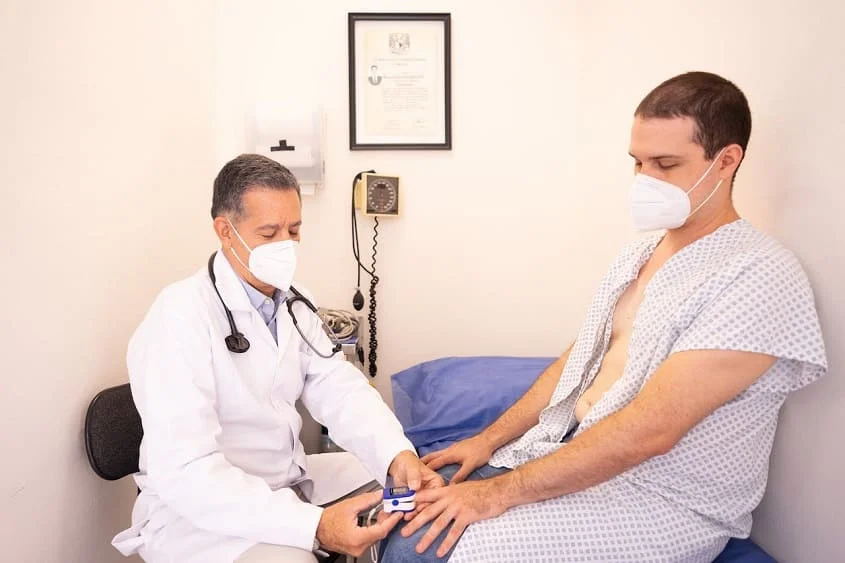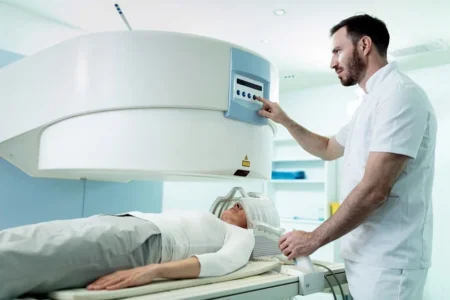Introduction: A Cancer Screening Conundrum
Prostate cancer screening is a hot-button issue in the medical community. With the potential to save lives, but also concerns about overdiagnosis and unnecessary treatment, it’s essential to delve into the pros and cons of this contentious topic. In this article, we’ll explore the benefits and risks of prostate cancer screening, discuss different testing methods, and dissect the ongoing debate within the medical field.
The Basics of Prostate Cancer and Screening
Prostate cancer is the second most common cancer in American men, affecting one in nine during their lifetime. Screening aims to identify cancer in its infancy, before symptoms surface, by gauging the levels of the prostate-specific antigen (PSA) in the blood. A high PSA level can indicate the presence of cancer or other prostate conditions that may warrant further investigation.
Understanding PSA Levels
It’s important to note that PSA levels can vary depending on various factors such as age, race, and family history. Understanding what is considered normal PSA levels by age can help in making informed decisions regarding prostate cancer screening and more accurately interpreting test results.
Testing Methods
- PSA Test: The primary tool for prostate cancer screening, this blood test measures the amount of prostate-specific antigen (PSA) in the blood. Elevated levels can indicate the presence of cancer or other prostate issues.
- Digital Rectal Exam (DRE): A physician inserts a gloved, lubricated finger into the rectum to feel the prostate for any lumps or abnormalities. While less reliable than the PSA test, it can provide valuable information.
- Prostate Biopsy: If an abnormality is detected through a PSA test or DRE, a biopsy may be recommended. This procedure involves collecting small samples of prostate tissue for examination under a microscope to confirm or rule out cancer.
The Benefits: Catching Cancer Early
When it comes to cancer treatment, early detection is critical, and prostate cancer is no exception. Screening can identify malignant tumors early when they are most treatable and potentially curable. This possible advantage is particularly significant, considering that prostate cancer is the second leading cause of cancer-related deaths in American men.
The Controversy: Overdiagnosis and Overtreatment
The flipside of the screening coin is the potential for overdiagnosis which can lead to unnecessary medical care. Since many prostate cancers progress slowly and may even remain latent for a lifetime, some men may receive invasive treatments that they don’t need. In turn, this can lead to side effects such as incontinence and erectile dysfunction.
The Great Debate: To Test or Not to Test
The medical community is divided, with some experts promoting the benefits of early detection through screening, while others voice concerns over the risks of overdiagnosis and overtreatment. As a result, consensus is elusive, and guidelines from leading medical organizations differ in their recommendations for prostate cancer screening.
New Screening Technologies and Innovation
In recent years, researchers have been exploring advanced methods for prostate cancer screening that may offer improved accuracy and less invasive options. Developments in imaging technologies and molecular tests, for example, are showing promise in better differentiating between slow-growing and aggressive cancers, reducing overdiagnosis, and guiding treatment decisions.
Risk-Based Screening: A Promising Approach
One area where many experts agree is on an individualized screening approach that accounts for a patient’s risk factors, such as age, race, and family history. Such targeted screening can help identify those who stand to benefit most from early detection and spare those for whom screening may cause more harm than good.
Informed Discussion with Your Physician
Given the complex landscape of prostate cancer screening, it’s essential for individuals to have open discussions with their physicians about the risks, benefits, and uncertainties involved. This dialogue should take personal risk factors, preferences, and values into account so that men can make informed decisions about whether screening is appropriate for their unique situations.
Access to Prostate Cancer Screening
Equitable access to prostate cancer screening is another crucial element in the broader discussion. It’s imperative to ensure that all men, regardless of ethnicity, social background, or socioeconomic status, have the necessary information about prostate cancer screening and the opportunity to participate in screening should they choose to do so. Organizations, healthcare providers, and communities must work together to break down barriers and foster greater access to cancer screening services for all.
Conclusion: Empowerment Through Education
Ultimately, understanding prostate cancer screening’s benefits and controversies allows individuals to make informed decisions about their health. By being mindful of personal risk factors and engaging in conversations with physicians, men can work together with their healthcare team to determine if prostate cancer screening is right for them.







